Starlink: How SpaceX Will Speed Up Your Internet From Space
Starlink is a satellite constellation being built by Elon Musk’s SpaceX and it will change the way you get your internet service.
This article is more than 2 years old
As we venture further and further into outer space, one of the biggest ventures into the unknown is happening much closer to home. If it all goes as planned, it’s going to completely cover our planet. We are, of course, talking about Elon Musk’s Starlink.
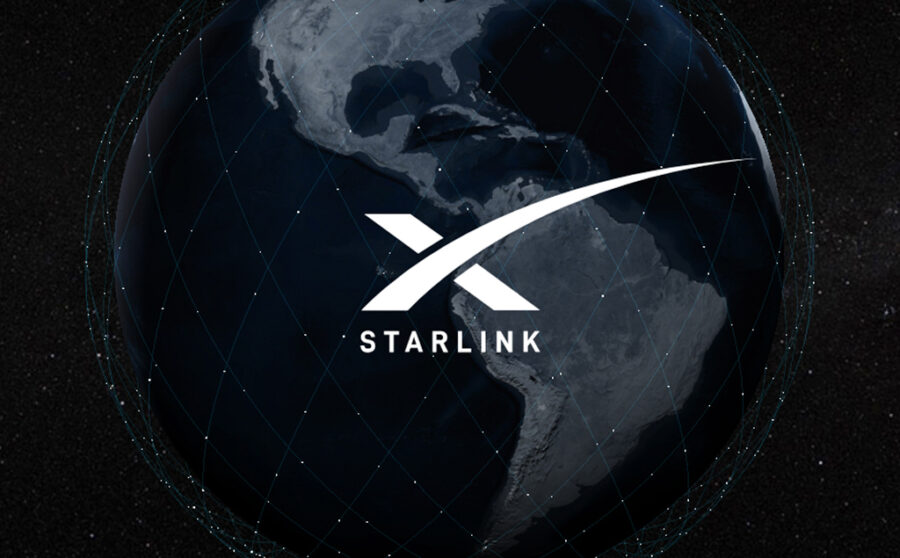
WHAT IS SPACEX STARLINK?
Starlink is a satellite constellation being built by Elon Musk’s SpaceX. This constellation will be comprised of thousands of small, mass-produced satellites. These satellites will transmit signals to earth-based transceivers that will then deliver high-speed satellite internet access across the globe.
Elon Musk’s initial idea seemed to be, as with a few of his ideas, a little ambitious. He wanted to offer internet access at an affordable price across the planet to include areas around the world where the internet is currently inaccessible.
When the project was first announced in 2015, SpaceX said it would be deploying 12,000 Starlink satellites. It took some time, but on March 28, 2018, the Federal Communications Commission (FCC) finally approved the request for SpaceX to provide broadband satellite services.
GETTING IT INTO SPACE
Once the approval from the FCC was given to SpaceX, the company moved quickly toward testing and eventual deployment. In May 2019, SpaceX successfully launched 60 Starlink test satellites. What’s noteworthy to this successful launch, besides the 60 test satellites, is that SpaceX used one of their Falcon 9 boosters to get the satellites into space. It was the third time this particular booster had been used by SpaceX. Another first for SpaceX and the Falcon 9 was the weight factor. Each satellite weighs 500 lbs. making this the heaviest payload a Falcon 9 has taken into space.
According to the Business Insider, the cost to get these satellites into space has been estimated by Morgan Stanley Research to be $50 million per launch. SpaceX estimates its total cost will reach $10 billion when all is said and done.
A third launch of Starlink satellites was conducted on December 6, 2020. This puts the number at 180 in orbit, making Starlink the largest commercial telecom satellite constellation.
Watch SpaceX deploy the most recent batch of 60 Starlink satellites below…
You can also watch the entire Starlink mission three, from launch to deployment embedded below…
HOW DOES STARLINK WORK?
SpaceX isn’t the first company to try their hand at satellite internet. The main complaint with these other attempts, though, is lag time. Connections aren’t as fast as cable internet services.
But Musk’s plan is to envelop the earth with a virtual netting of satellites. Think of it as almost like a fishnet surrounding the planet. These satellites, once deployed, will be flying in a lower orbit in order to get much faster speeds for their service.
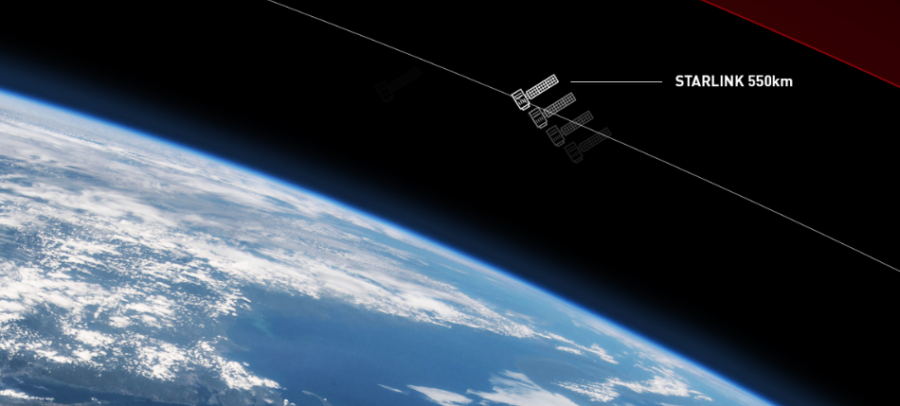
To understand just how much faster Starlink will be when compared to the standard satellite service here are the numbers. The standard satellite lag time comes in at half a second or 500 milliseconds. Starlink will clock in as low as 15 milliseconds. The internet technology Starlink will employ is quite advanced. It will also be twice as fast as your cable internet service. Also, bringing these satellites into a lower orbit will also help prevent space junk.
To create this fishnet around the globe Starlink satellites speak to each other. They do this by way of lasers which connect to each other in space, giving it that “net” appearance. The signal is then passed down to transceivers on the ground which will then go out to customers.
HOW MUCH WILL STARLINK COST TO USE?
So what will Starlink service cost potential users? Right now that question remains unanswered. Elon Musk has long talked about using satellites to make internet free, but when or if that will happen with Starlink is yet to be determined.
SpaceX president Gwynne Shotwell explained to SpaceNews what the anticipated process and price point could be. When consumers sign up for the Starlink service they will receive a box from SpaceX. The box will include a user terminal and a cord, but Shotwell is unsure if it will be a standalone device or if it would act as a router. And that is as far as they’ve gone in preparing for home use.
Still to be ironed out is where this terminal needs to be placed in the home and what that connection will look like. “We still have a lot to do to get that right,” Shotwell told SpaceNews. She also added, “Knowing Elon, he wants everything to be beautiful. So the user terminal will be beautiful.”
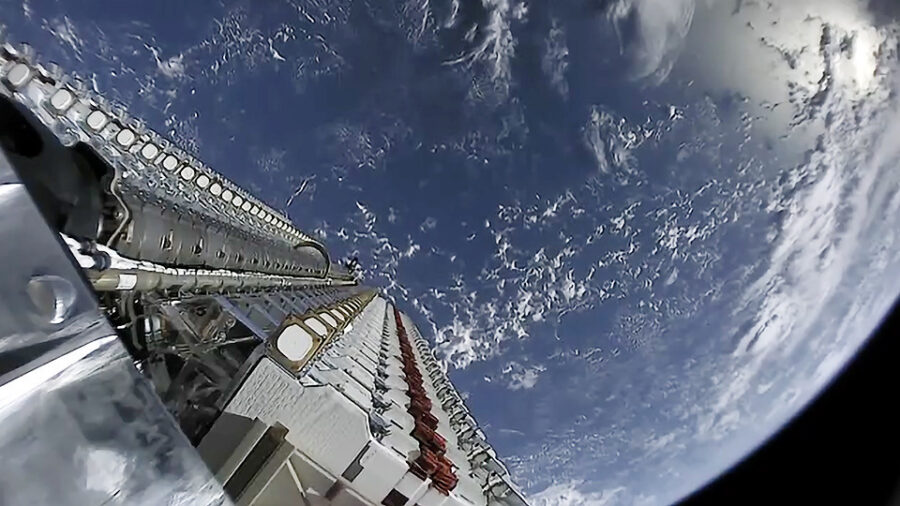
Price is critical to Musk who insists his goal is to make Starlink affordable for everyone. Shotwell included her take on pricing saying millions of people across the U.S. are already paying $80 a month for “crappy service.” What she didn’t say was whether Starlink would cost consumers more or less than $80. She did hint that Starlink would target those customers who are currently receiving poor service as well as people living in rural areas with little or no connectivity.
According to the International Telecommunications Union (ITU), a mere 51.2% of our world’s population was using the internet. That leaves Starlink a lot of room for growth. World Bank reports that developing counties have only 35% internet access.
Customers in large cities could also benefit financially from Starlink as it will provide major competition to Internet Service Providers (ISPs) who charge extremely high prices because they face no competition.
Of course, Elon Musk is not only looking at Starlink but everything else SpaceX has in mind. He expects Starlink to bring in upwards of $30 billion per year, which will go a long way toward funding his company’s other enterprising ventures.
WHEN CAN WE START USING IT?
Starlink is actually useable right now. The first 60 test satellites launched in May gave it the ability to go live. Shotwell says they are confident it will be ready for consumer use by mid-2020. For this to happen SpaceX will have to complete six to eight more launches. That’s what it will take for Starlink to produce enough coverage to satisfy customers.
Musk has estimated that for “minor” broadband coverage SpaceX will need to put at least 400 Starlink satellites into space. For “moderate” coverage it they will need to get 800 satellites up. He has not said just what “minor” and “moderate” coverage actually means.
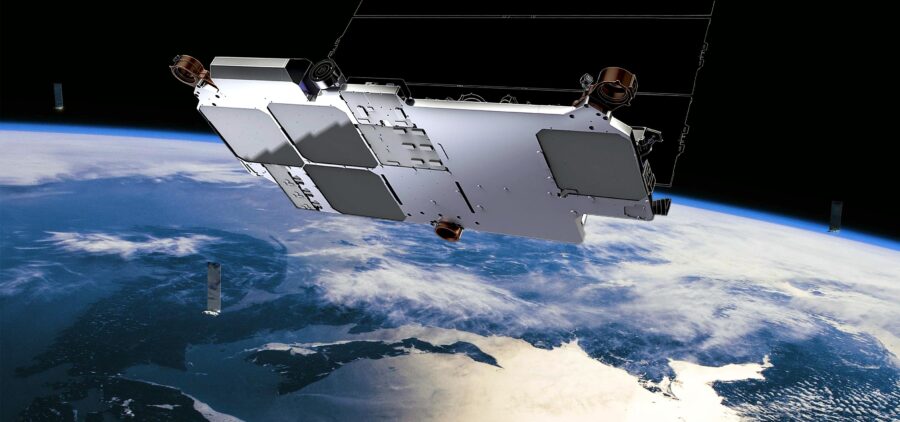
The Starlink plan, at first, called for 12,000 satellites as their megaconstellation. That’s the number the FCC approved. This covers the North America portion of Starlink. For international coverage SpaceX had to file paperwork with the ITU, the agency that manages the satellite radio-frequency spectrum around the globe. That paperwork has been filed and in those documents they ask for 30,000 additional Starlink satellites. That would make Starlink the largest low-Earth broadband constellation in the world.
The mid-2020 start date targeted by Elon Musk may be unrealistically ambitious. According to Shotwell, the user terminals design and engineering still must completed, a task which will require the hiring of a whole new workforce to not only deal with the terminals but also sales and tech support.
If all were to go according to plan, Musk and SpaceX plan to have the entire Starlink project complete by 2027.
ALTERNATIVE USES AND ASTRONOMY CONTROVERSY
SpaceX is already looking for ways to get Starlink not only into homes but other entities as well. Travel around the world will benefit from Starlink with its expected faster connection times.
Still, SpaceX is working on bigger goals. The U.S. Airforce has a program called Global Lightning which is currently testing SpaceX’s Starlink technology in its military aircraft. SpaceX won a $28 million contract from the Pentagon last year and Global Lightning is part of it. C-12 military transport aircraft have been fitted with Starlink terminals and are now testing encrypted military communications.
Through Reuters Shotwell explained, “We are delivering high bandwidth into the cockpit of Air Force planes. Right now we’re just testing the capability and figuring out how to make it work.” The C-12 is just the first military aircraft that will be tested per the contract. Communications between satellites in orbit will also be tested.
With the first 60 satellites being test satellites, Starlink was able to include several upgrades to its latest launch. During the launch webcast Lauren Lyons, an engineer with the Starlink team, informed SpaceNews that the satellites have a new Ka-band antenna system, they have 400% more throughput and they generate two times as many phased array broadband beams.
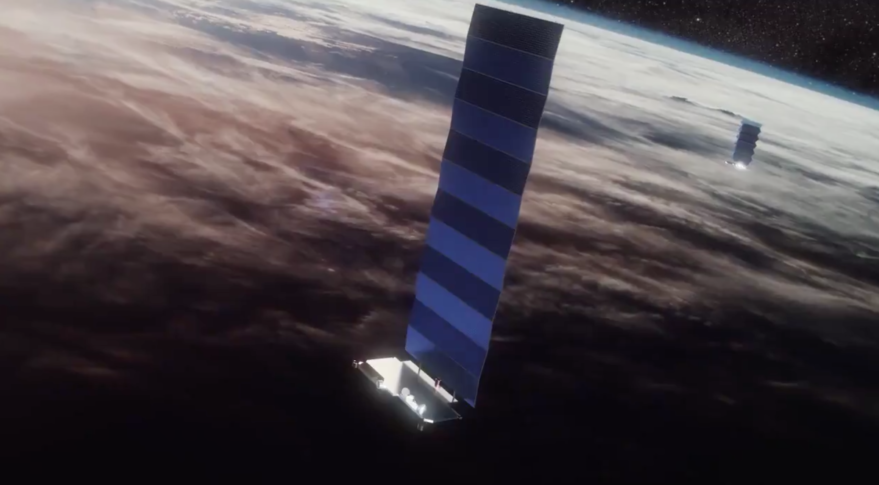
It was also noted that one of the satellites might not complete orbit after it separated from the rocket. In cases like this, the satellite will burn upon entry into the Earth’s atmosphere. On that note, from the initial 60 test satellites launched in May, two were selected for intentional de-orbiting while three more have lost contact.
Astronomers are not happy with SpaceX and its Starlink program. For years they warned of the problem a satellite constellation could pose and it seems they were right on the money. The build of Starlink satellites is bright, large and radio-interfering. It’s already causing major consternation among astronomers even with only a very small portion of Starlinks expected satellites in the sky.
Apparently, SpaceX was unaware of the potential astronomy problem according to Shotwell. “No one thought of this,” Shotwell said, according to SpaceNews. “We didn’t think of it. The astronomy community didn’t think of it.” But once reports came to SpaceX of the bright satellites,” she added, “the company began looking into fixes for the satellites.”
So, what is this fix? A special coating will be applied to the satellites for the next scheduled launch. Shotwell adds, “We want to make sure we do the right thing to make sure little kids can look through their telescope. Astronomy is one of the few things that gets little kids excited about space.”
If you’re excited about Starlink, you’re in good company. When testing the Starlink connection for the first time even Elon Musk seemed pretty excited with his first ever tweet sent through space. “Whoa, it worked!!”












